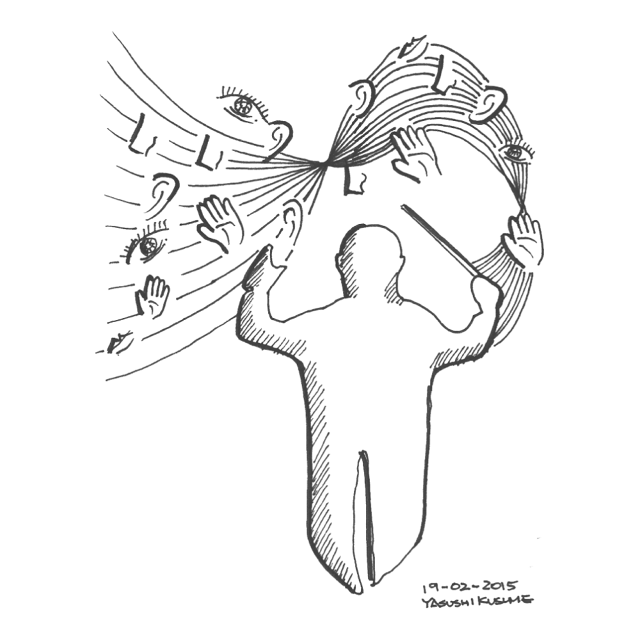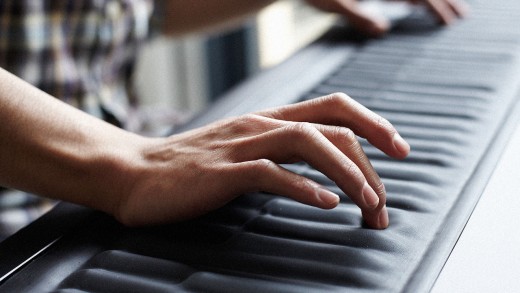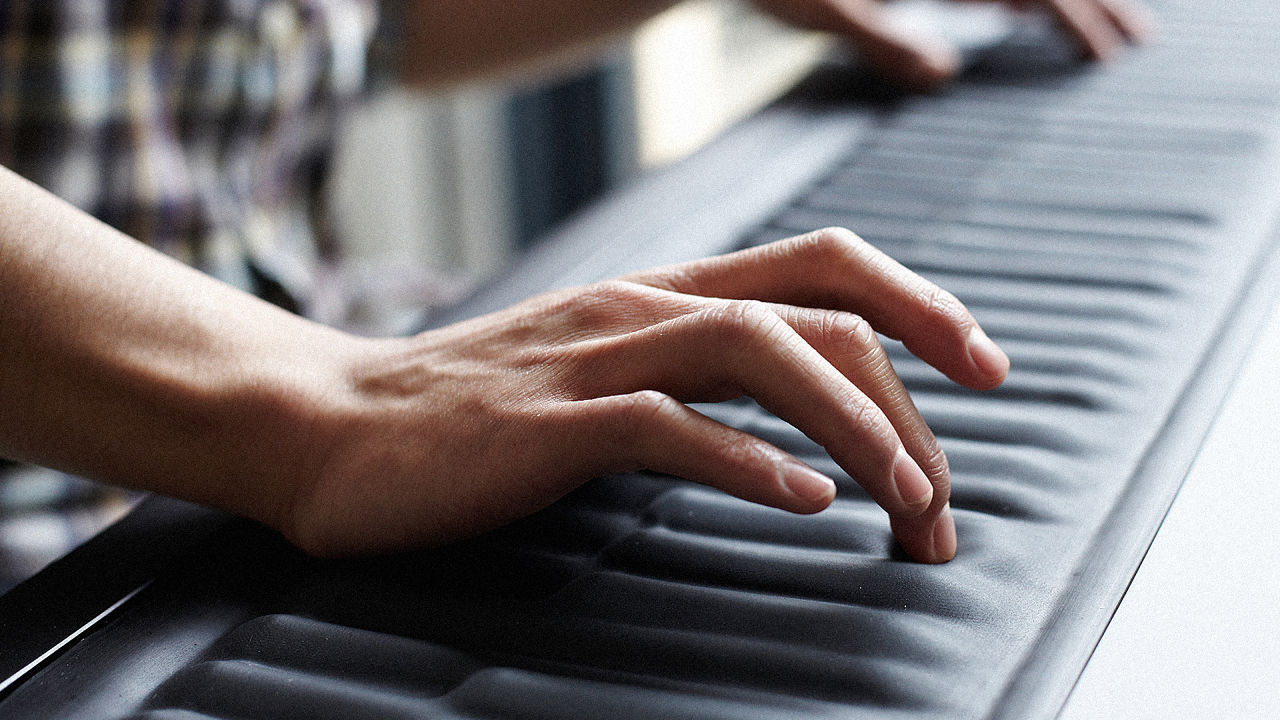Designing For All Five Senses
Do your designs touch every sense possible?
Our perceptions of the world are built on multiple senses. They interact to help us make sense of our surroundings, so a car will seem to be traveling faster if it makes a lot of noise. And whether we want to buy a sports car, or a vacuum cleaner, it’s our multi-sensory impression of a product or service that dictates how we feel about it. And why companies need to learn the skills to design for all five senses.
Is multi-sensorial design a new approach?
The concept of multi-sensory design has existed for more than a decade. But want I address the idea of multi-sensory design as it applies to brands. I believe that applying multi-sensory design to all the touchpoints (moments of contact with a user) allows a product or service to produce a more complete, and ultimately better brand experience.
But how do you design a multi-sensory brand experience? Does it mean creating something that looks, sounds, smells, feels—possibly even tastes—good? Does it mean offering a message that appeals to all our senses at once? I don’t think so.

We often think of our senses as taking leading and supporting roles in particular situations. For instance when listening to someone speaking we might think our hearing is “in charge”—but this isn’t true.
Our brain takes in all sensory input simultaneously—and I believe what’s called for in brand design is the orchestration of all the senses to provide one single message about the brand values.
The vital element in a multi-sensory brand experience is the Creative Director—the individual who conducts the multi-sensory orchestra. Let me explain what I mean by this.
Communicating one message
In the results of a survey on the usability of kitchen range hoods, many people commented on the noise they made. Some said they didn’t like a particular model because it was too loud. For others, the noise connoted a powerful product, which effectively removed steam and cooking odors from the kitchen. If the message you want to send about your kitchen range hoods is that they offer effective suction, then noise is not necessarily a negative aspect of the product.
Something similar occurs in the automotive sector. For people not interested in a car’s power, the noise the engine makes is just that: a noise. However, for those looking for power, it’s not a noise but a sound, and one with a specific name: the “exhaust note.” Some performance cars even have glass bonnets, to help visualize the power of the engine. Here the car industry excels at using the senses of sound and vision to communicate a message of “power” and is a good example of multi-sensory design.

A similar dichotomy is found in the vacuum cleaner market, specifically with the noise levels of current cyclone technology. If you own a Dyson vacuum cleaner, you’ll know what I mean. However, Dyson have used noise to their advantage. The sound of the vacuum cleaner, coupled with their engine-like appearance and a transparent housing that displays the technical elements within, enhances the message of power. And that is the way most people perceive it. Yet if the same vacuum cleaner came with a closed, non-transparent shell, I wonder whether anyone would interpret the noise as a sign of power? I very much doubt it.
Build multiple values into one message
The sound of a closing car door is the most well-known and frequently used example of a sensorial design approach. Many of the top automobile brands have separate door development teams, with design engineers dedicated to fine-tuning their particular—signature—door-closing sound.

With the sound of their car doors, Mercedes have built two layers of values into one message. The first is the brand level, the second a category value proposition. For instance, the doors of Mercedes SUVs have been tuned to sound heavier, in a bid to communicate their robustness.
The automobile industry provides some of the most advanced examples of sensorial design. So it’s interesting to understand exactly why the sound of a closing door is so important—and what it represents for other products.
Where to start?
In an article from Wired magazine Emar Vegt, an aural designer at BMW, is quoted as saying that “the sound of the door closing is a remarkable aspect of the buying decision.”
It may seem odd but consider this—at a car dealership it is unlikely that you’ll be able to start the engine in the showroom to listen to it. However, you will be allowed to open a door and sit inside. Thus opening and closing a car’s door is one of the first product experiences in the automotive sector.

The concept holds for other products too. When you visit a furniture or kitchen showroom, you usually open and close the doors of a cupboard or cabinet that has caught your eye. You do so because the motion with which it opens and the sound it makes gives you some idea of its quality. Miele dishwashers now have an automatic door opening feature called Knock2Open. It enables you to open the dishwasher simply by knocking twice on the door—something that makes for a striking demonstration on the shop floor.
Even when sound has no bearing on quality, it is still an important interaction. I worked previously in the audio-video sector where opening and closing compact disc trays is standard behavior for customers—even though the noise and the movement of the tray door does not have any bearing on the sound quality of the audio system.

I’m not suggesting that we should focus only on the aspects of sensorial design that influence people’s buying decision. But it is a logical starting point. And it gives you the chance to evaluate people’s behaviour in the shopping environment, to understand what they are looking for in your product category. Understanding that will more than likely point you towards the areas that would most benefit from multi-sensory design.
Creative direction is the key
As I pointed out, if you are planning on an effective orchestration of sensory messages, you’re going to need a conductor. In this case, that is a Creative Director. This should be, in fact, your very first step: finding someone capable of overseeing all stages of the brand experience at every touchpoint—and for every sense.
There are three crucial roles a Creative Director must fill to realise an effective multi-sensorial brand experience:
Role 1.
Build brand values and value propositions into one consolidated message. Make sure all communications at any moment of the customer journey—and at any touchpoint—are orchestrated into one thread. Choose the most effective language, structure and tone of voice for each specific moment and type of touchpoint to convey the message effectively.
Role 2.
Select the most effective and beneficial moment in the customer journey—and touch point—to apply a multi-sensorial value proposition for your brand and business models. Develop a roadmap to deliver the experience at every moment in the customer journey, and every touch point.
Role 3.
Last but not least, lead the orchestration of sensory stimuli to communicate one message. Deliver effective briefings to, and provide leadership for, multiple disciplines to ensure that all your enhanced sensorial stimulations complement each other.
Unfortunately, skilled Creative Directors are scarce at present. Which is one of the reasons why multi-sensorial design tends to be remains just a buzzword. A great orchestra needs not just great musicians, but a great conductor too. So if you want to enrich your value proposition with the aid of multi-sensorial design, nurture your Creative Directors.
[Top Photo: ROLI Seaboard GRAND Piano, via ROLI]
(220)



